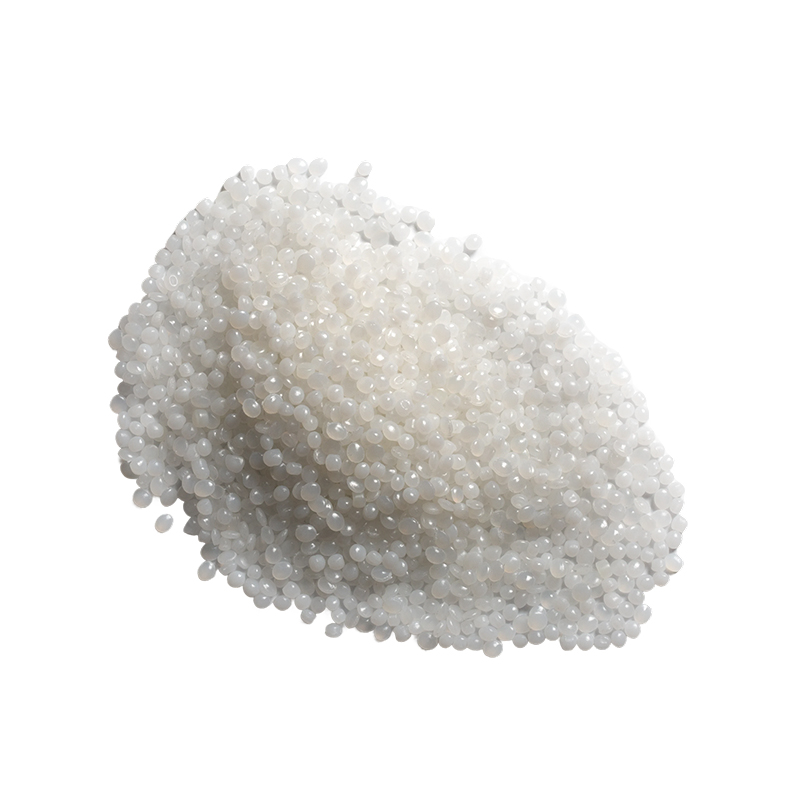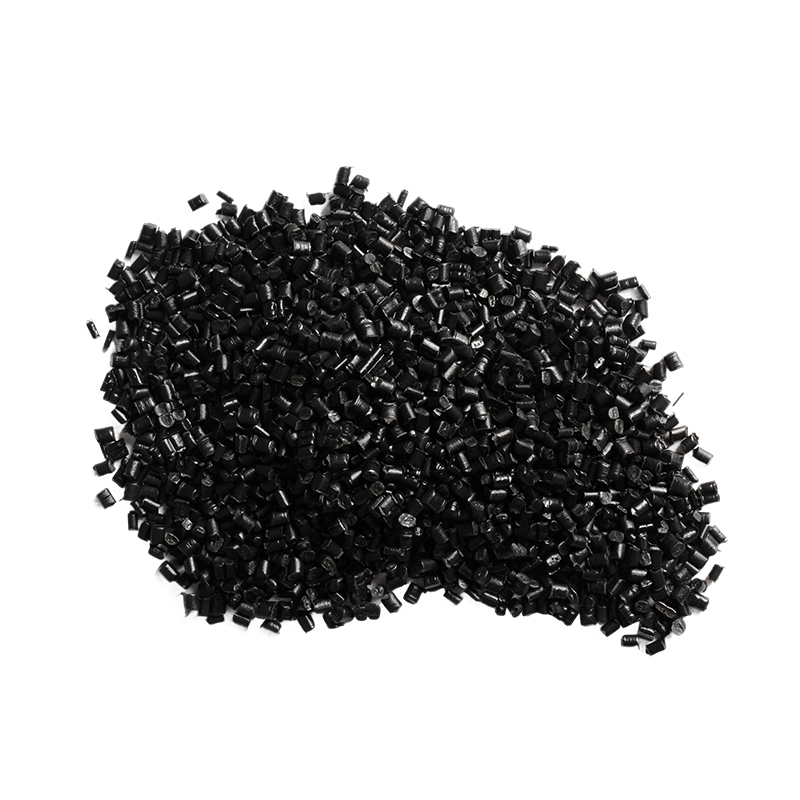What advantages do cling film recycled pellets offer in the packaging material sector?
Release Time : 2025-09-22
With growing global environmental awareness, plastic pollution control has become a major focus of public attention. As a widely used, disposable plastic product in daily life, plastic wrap is of great importance for its recycling and reuse. Scientifically processing discarded cling film into recycled pellets not only achieves resource recycling but also demonstrates numerous advantages in packaging applications, providing a sustainable solution for the development of green packaging.
1. Resource Conservation and Cost Optimization
One of the greatest advantages of cling film recycled pellets is their significant resource conservation. Traditional packaging materials rely heavily on petroleum-based virgin plastics, resulting in high energy consumption and carbon emissions during production. Recycled pellets, however, are made from discarded cling film and, through a process involving cleaning, crushing, melting, and pelletizing, transform waste into valuable resources, significantly reducing the demand for virgin plastic. This not only reduces reliance on non-renewable resources but also effectively alleviates the environmental impact of plastic waste. Furthermore, the production cost of recycled pellets is typically lower than that of virgin plastic. Large-scale applications can save companies money on raw materials, making them particularly suitable for cost-sensitive mid- and low-end packaging markets, such as courier bags, stretch film, and shopping bags.
2. Environmental Friendliness and Carbon Emission Reduction
Under the backdrop of the "dual carbon" goals, environmental performance has become a crucial metric for evaluating packaging materials. The use of recycled cling film pellets can significantly reduce carbon footprints. Research shows that producing one ton of recycled plastic reduces approximately 1.5 tons of CO2 emissions compared to producing one ton of virgin plastic. Furthermore, recycling discarded plastic wrap prevents soil and water pollution from landfills or long-term degradation in the natural environment, and reduces harmful gases produced by incineration. Therefore, packaging materials made from recycled pellets are more aligned with green supply chains and ESG requirements, helping companies enhance their brand image and meet consumer expectations for sustainable products.
3. Excellent Processability and Applicability
The physical properties of recycled cling film pellets processed using modern recycling technology have been significantly improved. Through precise sorting, deep cleaning, and stabilization and modification, the recycled pellets achieve melt index, tensile strength, and toughness levels close to those of virgin materials, demonstrating excellent processing adaptability. They can be widely used in a variety of molding processes, including blown film, injection molding, blister molding, and cast film, to produce various packaging films, pallets, turnover boxes, bottle caps, and boxes. Recycled pellets demonstrate excellent molding stability and yield, particularly in the production of non-food contact packaging products, such as industrial packaging films, logistics packaging, and stationery packaging, meeting the demands of industrial continuous production.
4. Promoting a Circular Economy and Policy Compliance
The use of recycled cling film pellets is a key practice in the plastics circular economy. They establish a closed loop of "use-recycling-regeneration-reuse," driving the packaging industry's transition from a linear economy to a circular economy. Many countries and regions have introduced policies to encourage plastic recycling, such as setting recycled material usage quotas and implementing extended producer responsibility systems.
In summary, cling film recycled pellets demonstrate multiple advantages in the packaging material sector, including resource conservation, environmental friendliness, stable performance, policy compatibility, and market acceptance. They are not only an effective way to address plastic pollution but also a key force in promoting the green transformation of the packaging industry.
1. Resource Conservation and Cost Optimization
One of the greatest advantages of cling film recycled pellets is their significant resource conservation. Traditional packaging materials rely heavily on petroleum-based virgin plastics, resulting in high energy consumption and carbon emissions during production. Recycled pellets, however, are made from discarded cling film and, through a process involving cleaning, crushing, melting, and pelletizing, transform waste into valuable resources, significantly reducing the demand for virgin plastic. This not only reduces reliance on non-renewable resources but also effectively alleviates the environmental impact of plastic waste. Furthermore, the production cost of recycled pellets is typically lower than that of virgin plastic. Large-scale applications can save companies money on raw materials, making them particularly suitable for cost-sensitive mid- and low-end packaging markets, such as courier bags, stretch film, and shopping bags.
2. Environmental Friendliness and Carbon Emission Reduction
Under the backdrop of the "dual carbon" goals, environmental performance has become a crucial metric for evaluating packaging materials. The use of recycled cling film pellets can significantly reduce carbon footprints. Research shows that producing one ton of recycled plastic reduces approximately 1.5 tons of CO2 emissions compared to producing one ton of virgin plastic. Furthermore, recycling discarded plastic wrap prevents soil and water pollution from landfills or long-term degradation in the natural environment, and reduces harmful gases produced by incineration. Therefore, packaging materials made from recycled pellets are more aligned with green supply chains and ESG requirements, helping companies enhance their brand image and meet consumer expectations for sustainable products.
3. Excellent Processability and Applicability
The physical properties of recycled cling film pellets processed using modern recycling technology have been significantly improved. Through precise sorting, deep cleaning, and stabilization and modification, the recycled pellets achieve melt index, tensile strength, and toughness levels close to those of virgin materials, demonstrating excellent processing adaptability. They can be widely used in a variety of molding processes, including blown film, injection molding, blister molding, and cast film, to produce various packaging films, pallets, turnover boxes, bottle caps, and boxes. Recycled pellets demonstrate excellent molding stability and yield, particularly in the production of non-food contact packaging products, such as industrial packaging films, logistics packaging, and stationery packaging, meeting the demands of industrial continuous production.
4. Promoting a Circular Economy and Policy Compliance
The use of recycled cling film pellets is a key practice in the plastics circular economy. They establish a closed loop of "use-recycling-regeneration-reuse," driving the packaging industry's transition from a linear economy to a circular economy. Many countries and regions have introduced policies to encourage plastic recycling, such as setting recycled material usage quotas and implementing extended producer responsibility systems.
In summary, cling film recycled pellets demonstrate multiple advantages in the packaging material sector, including resource conservation, environmental friendliness, stable performance, policy compatibility, and market acceptance. They are not only an effective way to address plastic pollution but also a key force in promoting the green transformation of the packaging industry.







